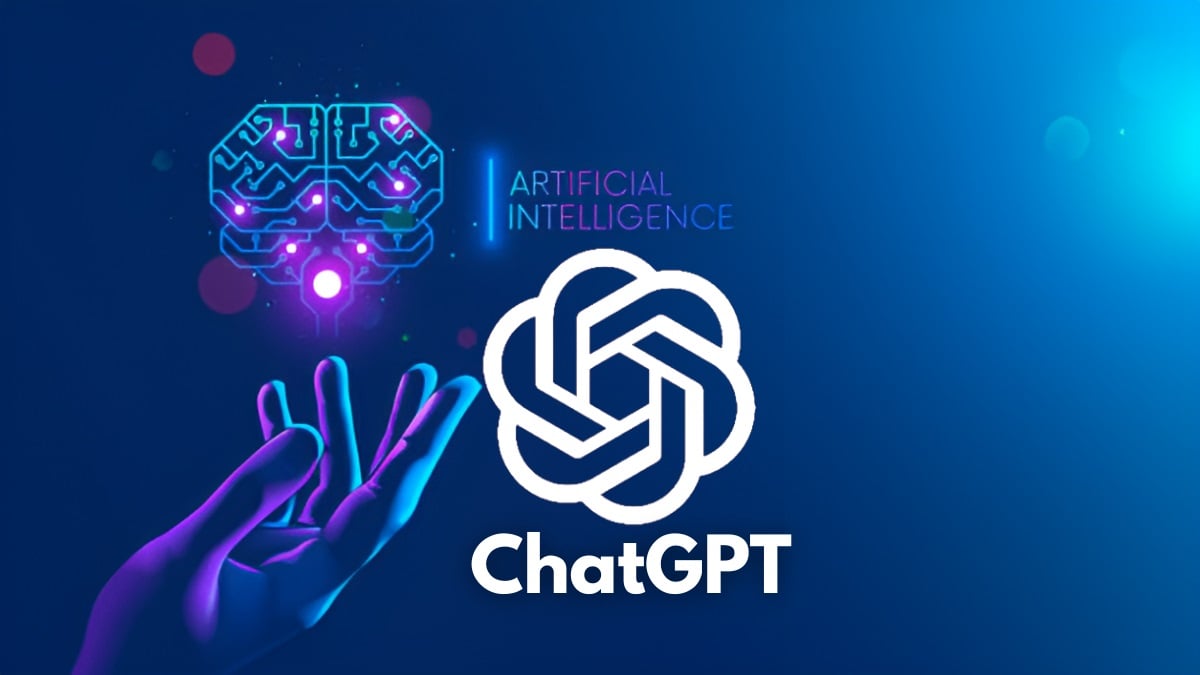ChatGPT is an AI language model developed by OpenAI. It is based on the GPT-3.5 architecture, which stands for "Generative Pre-trained Transformer 3.5." The GPT-3.5 model is a sophisticated version of its predecessor, GPT-3, and it is designed to understand and generate human-like text based on the input it receives.
The "Generative" aspect of ChatGPT means that it has the ability to generate text, allowing it to produce responses, stories, articles, and more based on the input it receives. The "Pre-trained" part refers to the training process of the model, where it is exposed to vast amounts of text data from the internet to learn patterns and structures of human language. This pre-training helps the model to understand grammar, context, and even some common sense reasoning.
The "Transformer" architecture is a type of deep learning model that excels at handling sequential data, making it particularly effective for natural language processing tasks. Transformers have revolutionized the field of NLP by allowing models to process long-range dependencies and capture contextual information efficiently.
ChatGPT has been fine-tuned on various specific tasks and datasets to improve its performance and make it more useful for users. For instance, it can be fine-tuned on customer support data to act as a chatbot, answer questions, and provide support. It can also be used for creative writing, generating code, language translation, text summarization, and much more.
Users interact with ChatGPT through a simple API or an interface, providing prompts as input to get relevant and coherent responses. The model processes the input, understands the context, and generates text accordingly. Its ability to generate human-like responses, coupled with its versatility and scalability, has made ChatGPT a powerful tool for a wide range of applications.
It's important to note that while ChatGPT can produce impressive and fluent responses, it is not perfect and may sometimes generate incorrect or nonsensical answers. Additionally, as with any AI model, it may have limitations and biases that could manifest in its responses, which is something developers and users should be mindful of. Efforts are continuously made to improve the model's performance and address its limitations to make it more reliable and useful in various contexts.

